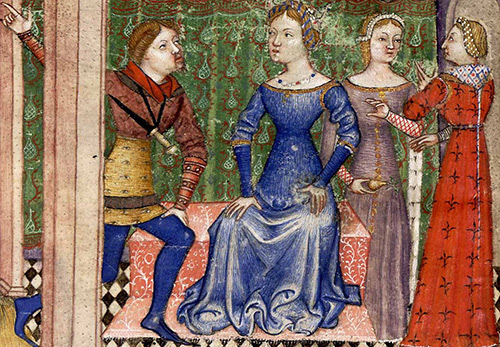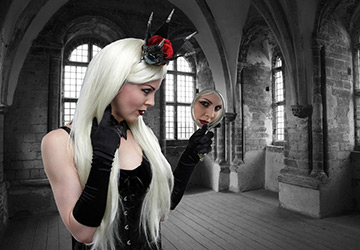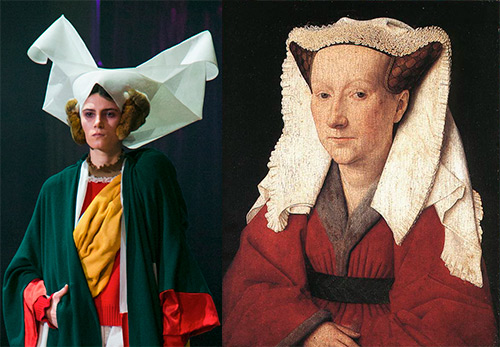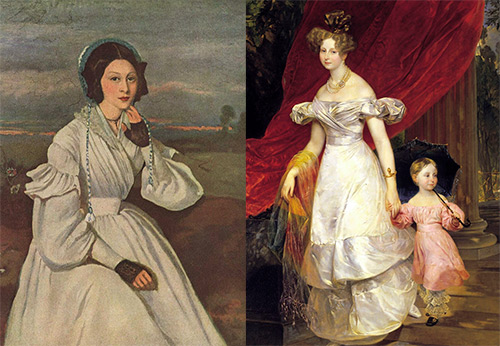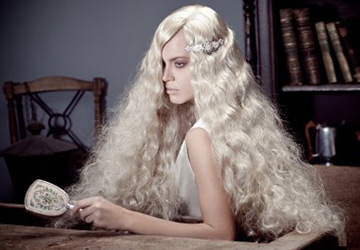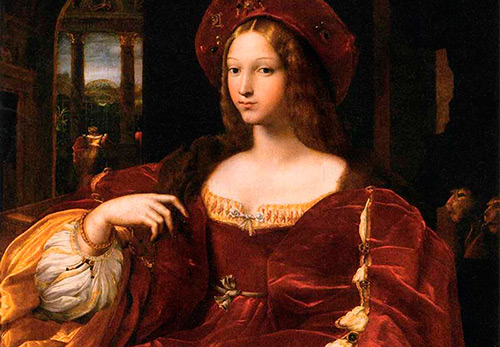Fashion history
Fashion and costume history of the Late Middle Ages
The Gothic style in European art and costume appears in the 13th-15th centuries. It was during this period that the very concept of fashion in clothing arises.

Medea hands Jason a golden statue. Miniature of the 15th century
The woman is wearing a robe dress and annen's headdress, the man's clothes are a jacket and chaussie pants
Until the 13th century, European costume still looked like clothing. Ancient Rome and Ancient Greece... These were shirt dresses, quite the same type, both in the men's wardrobe and in the women's. However, during the Gothic period, fashion changed dramatically. First, the clothes are cut. It is believed that all types of clothing cut appeared precisely in the XIII-XV centuries. Secondly, certain fashion trends are emerging that people of the upper classes throughout Europe are striving to follow.
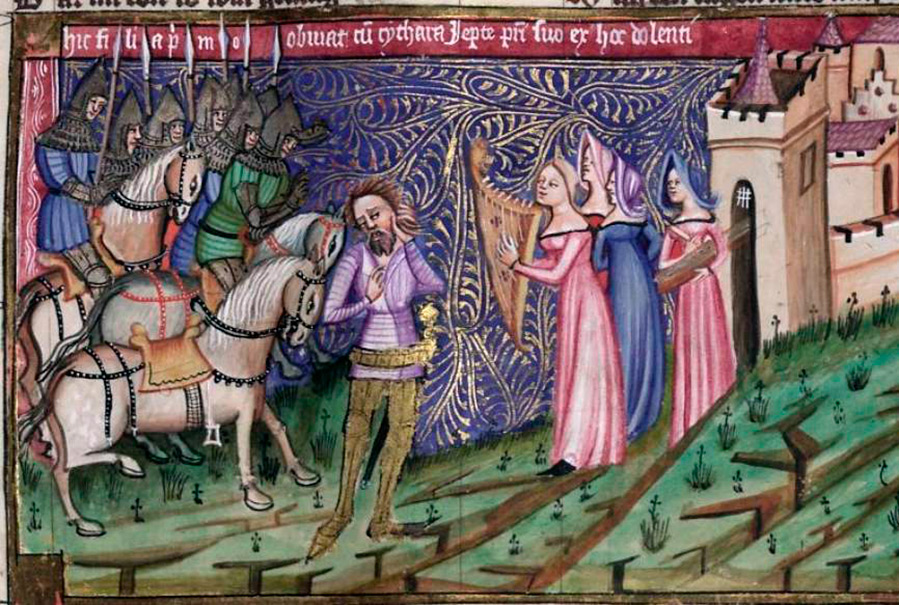
Miniature from the German chronicle. 1383 year
So, the fashion of the XIV-XV centuries spreads throughout Europe from Burgundy. It is the Burgundy Court that is considered the first center for the formation of fashion in clothing. The features of Burgundy fashion were:
• tight-fitting and restricting clothing,
• very long sleeves,
• long socks of shoes,
• various headdresses, whimsical in their form.
It was also in the XIII-XV centuries that the costume began to be clearly divided into male and female. At the same time, by law, the ministers of the church prohibit men and women from dressing up in costumes of the opposite sex on pain of death. When Jeanne d'Arc was convicted of being burned at the stake, one of the charges also included the fact that she wore a man's suit.
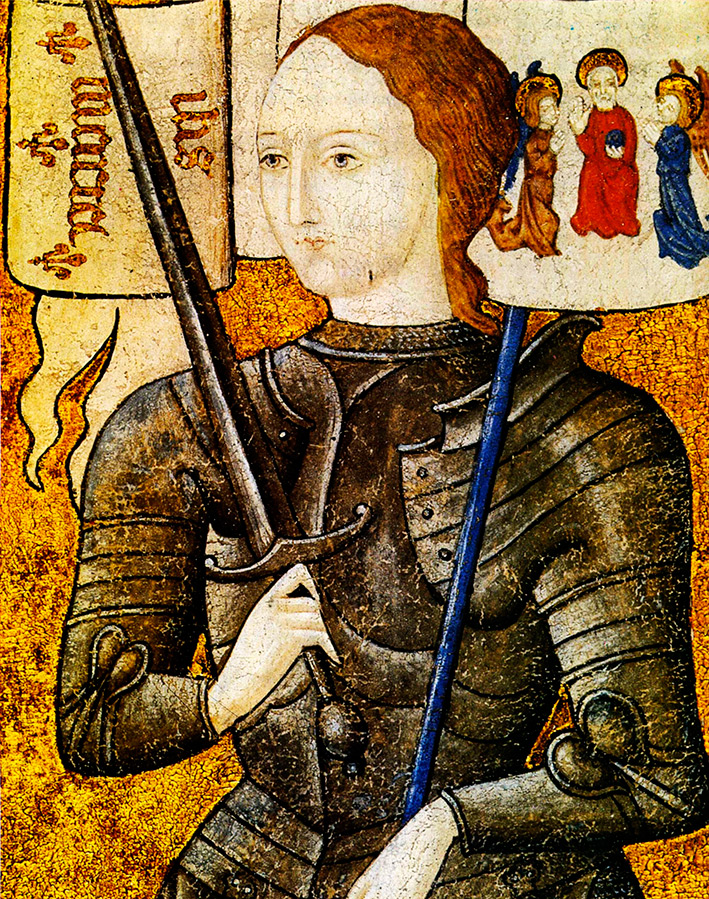
Jeanne d'Arc in men's armor.
Medieval hairstyle - shaved forehead (high forehead)
There were also strict rules on how clothing should be worn. The Church in the Middle Ages in Europe was strong and influential. For the absence of a headdress from a city dweller or for a strand of hair that was knocked out from under the headdress, she could be accused of witchcraft and sent to the fire.
Everything women of the middle ages had to hide their hair. The only thing, in the XIII-XV centuries, it was already possible to leave a small lock of hair, which in the form of a ring was laid over the forehead. Also at this time, the indulgences also affected the aristocracy, for them the headdress was no longer obligatory.
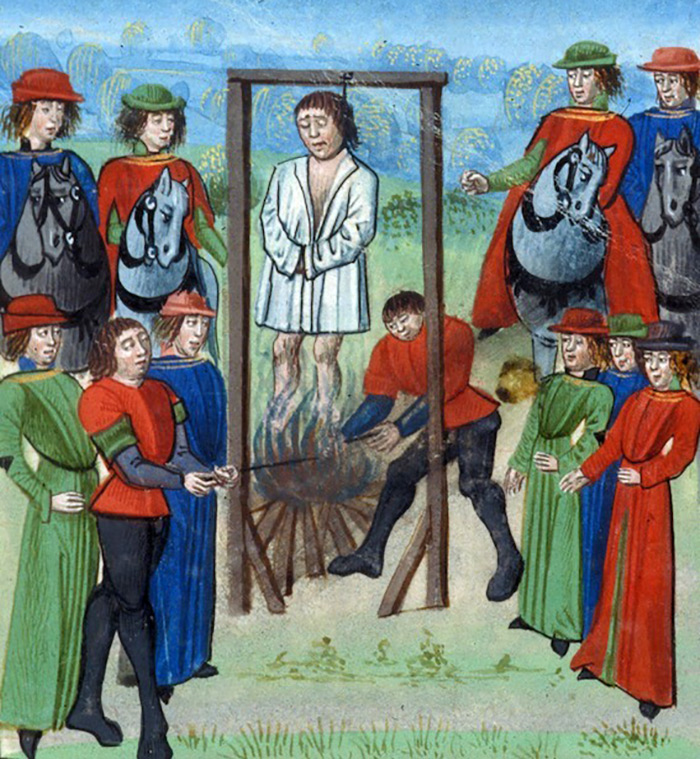
Miniature from "Chronicles" by Jean Froissard. No later than 1483
Bonfire of the inquisition
The headdresses were tall, elaborate, and of the most varied and strange shapes. These were mostly caps. Women wore annen (ennin) - an elongated long headdress pointed at the end. Annen was usually worn with robes and covered with a long sheer couvre chef veil.
Another headdress - a two-horned cap - a headdress with two horns on the sides, a coverlet was also worn on top of it. In Germany, the cruzeller headdress was popular - a linen cap with frequent rows of folds-ruffles, framing the face, tightly fitting the back of the head.
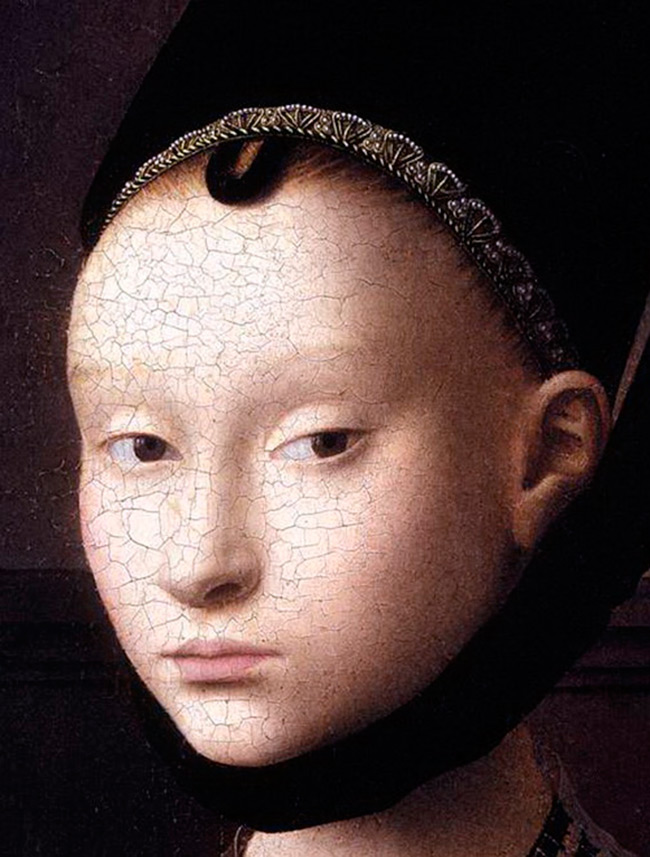
A ring of hair that could have been shown from under the headdress
In addition to caps, headscarves were also worn. For example, the barbett is a white cloth shawl that tightly wraps around the face, chin, neck and chest and creates a large snow-white space around the face.
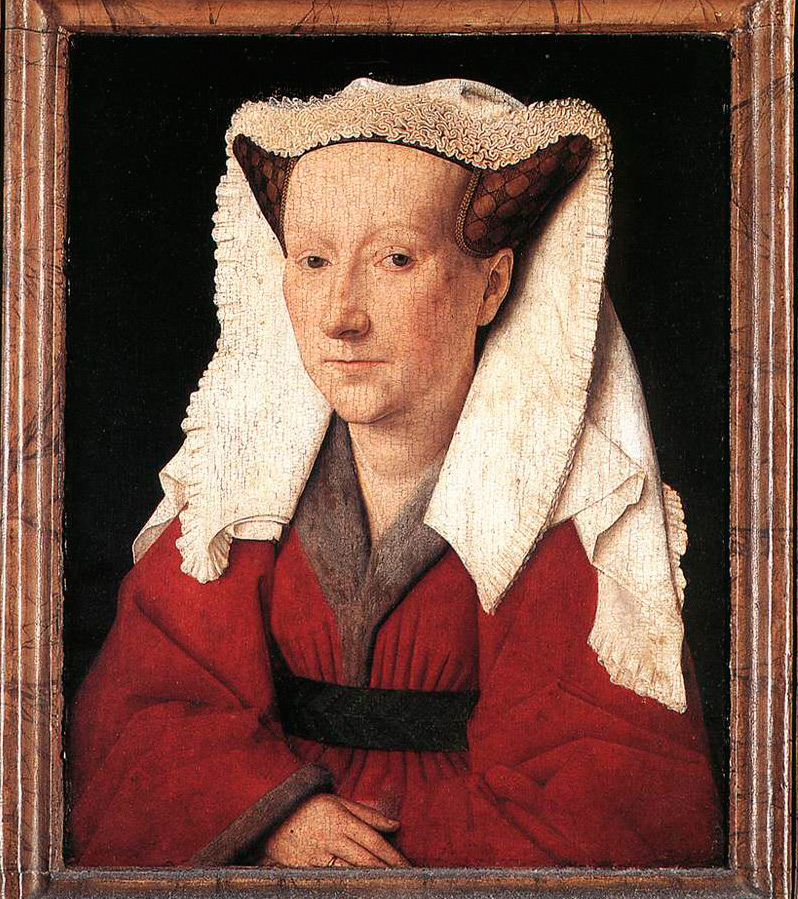
Jan van Eyck. Portrait of Margaret Van Eyck. 1439
Headdress - two-horned cap
Men wore such hats as hats made of straw and felt with different widths of brim and crown heights, berets, fezs, a new Burgundy chaperon hat (a headdress made of expensive fabric of intricate drapery in the form of a hat with long descending ends), turbans and turbans borrowed from from oriental fashion. They also put a cloak hood over their heads when going out into the street.

Shot from the movie "Cursed Kings", 1972
Chaperon headdress
Late Middle Ages Women's Fashion
In the women's fashion of the Gothic style, the s-shaped silhouette of the suit was considered ideal. The upper part of the dress was visually shortened due to the high waistline and low neckline.
At the same time, leaving the neckline open was impermissible. And, for example, in the most fashionable in the XIV-XV centuries. dress robes neckline was covered with an insert made of expensive fabric, very often transparent. The churchmen called this insert the "devil's window". The lower part of the dress, on the contrary, was lengthened due to the multi-meter train - the longer the train of the dress, the more noble the lady who put it on.
During the Gothic period, women wore a kirtle with a long lacing bodice and snap-on sleeves. And also a dress of robes - a dress with a neckline, a belt just under the bust (high waistline) and a wide skirt with a train.
The sleeves of dresses could be either narrow, covering the thumb, or wide, hemmed with brocade, decorated with an openwork cutout in the form of various patterns or fur. The sleeves were not permanently sewn to the dress. First they put on dresses, then the sleeves were attached to it. Thus, the sleeves of the dress and their color could change depending on the mood of the lady.
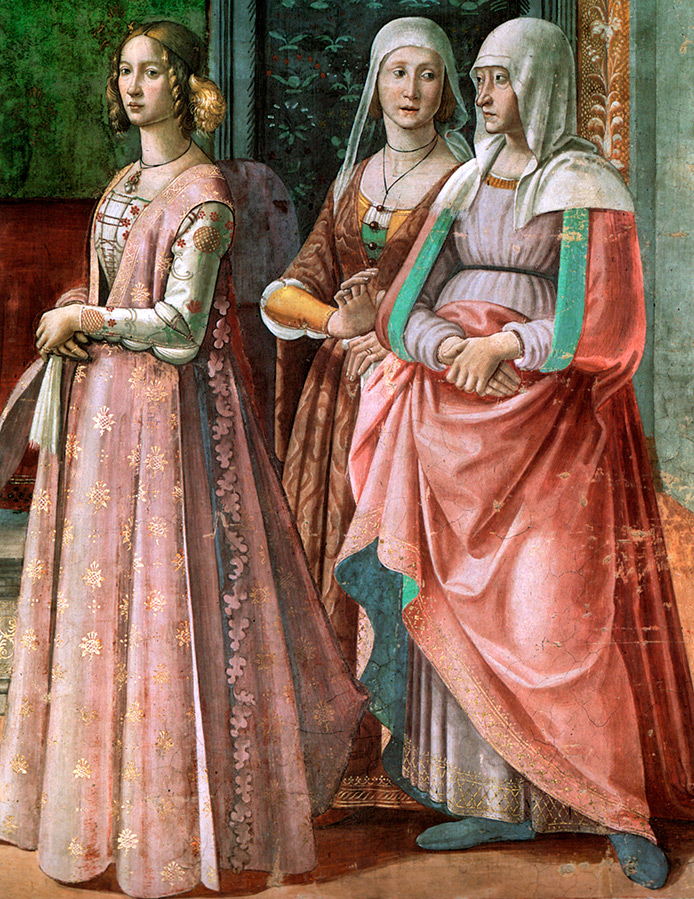
Fresco from the Church of Santa Maria Novella. Florence, Italy. XV century
By the way, all the clothes of the Middle Ages were sewn from bright fabrics - red, blue, green, yellow colors. Opposite colors were often combined in clothes, for example, the color of the cloak is blue, and its lining is red.
On top of the dress, women wore surcoat, which came from the early Middle Ages, or opelyand - a novelty of Gothic. Surko is a sleeveless outerwear with a wide armhole and a lower part widened due to inserted wedges.
Upelyand - outerwear for special occasions, lined with fur... Belts were worn with opelyand, emphasizing the high waistline. The female opelyand had two options - wide with long wide sleeves or cut-off at the waist with a skirt consisting of several gussets.
During the Gothic period, the first corsets appeared.... Corsets were of metal construction and their purpose was to give the female figure an s-shaped silhouette with a belly, like a pregnant woman. In those days, there was a fashion for pregnancy. Also, following this fashion, women could put small pads under the dress on the belly to give the belly a more rounded shape.
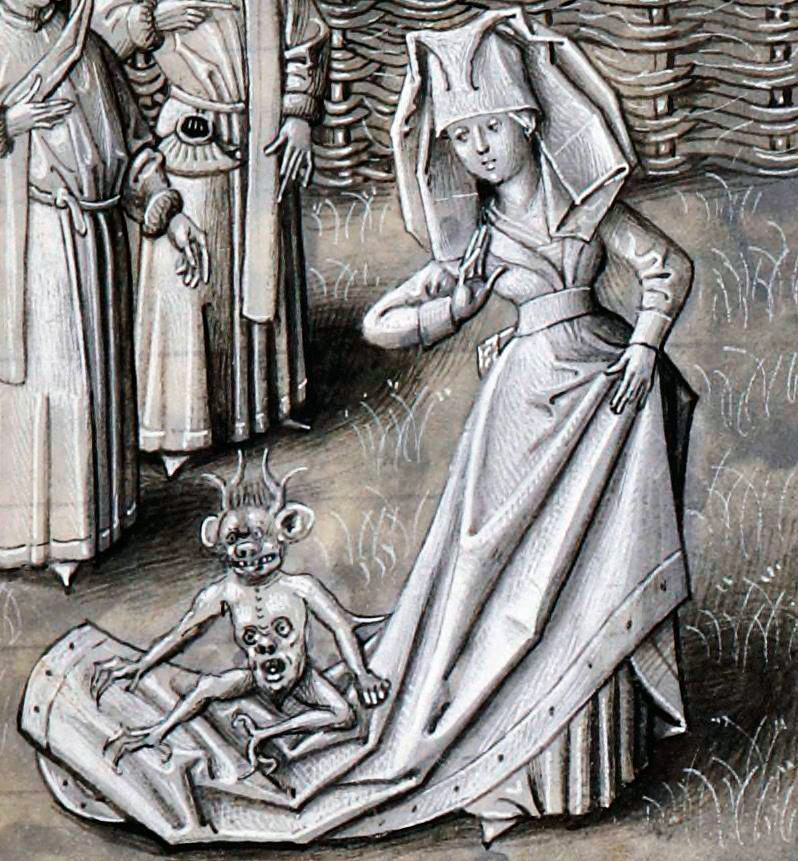
Engraving. France, XV century.
There was a belief that devils ride on the trains of women's dresses
Men of the late Middle Ages wore chaussie pants - narrow and tight-fitting legs. Chaussies are a kind of stocking pants, consisting of two halves, which are tied to the belt. In front, a piece of fabric called a codpiece or bragget was attached to them with pins or ribbons.
As outerwear, men wore opelyand - floor-length or knee-length. Upelyand was worn over the head, while many folds formed on the back, chest and sleeves, which were then sewn on to the figure and pulled together at the waist.
In addition to upelyand, men could also wear purpuen (purpuan) - clothing tightly fitting the body with a convex bend on the chest. Visually, purple makes the shoulders wide and the waist slim. The purple sleeves are narrow. Before the Gothic, purpuen was worn as a lower garment under armor, and in its shape it resembles precisely the armor of a knight of the times of the crusades.
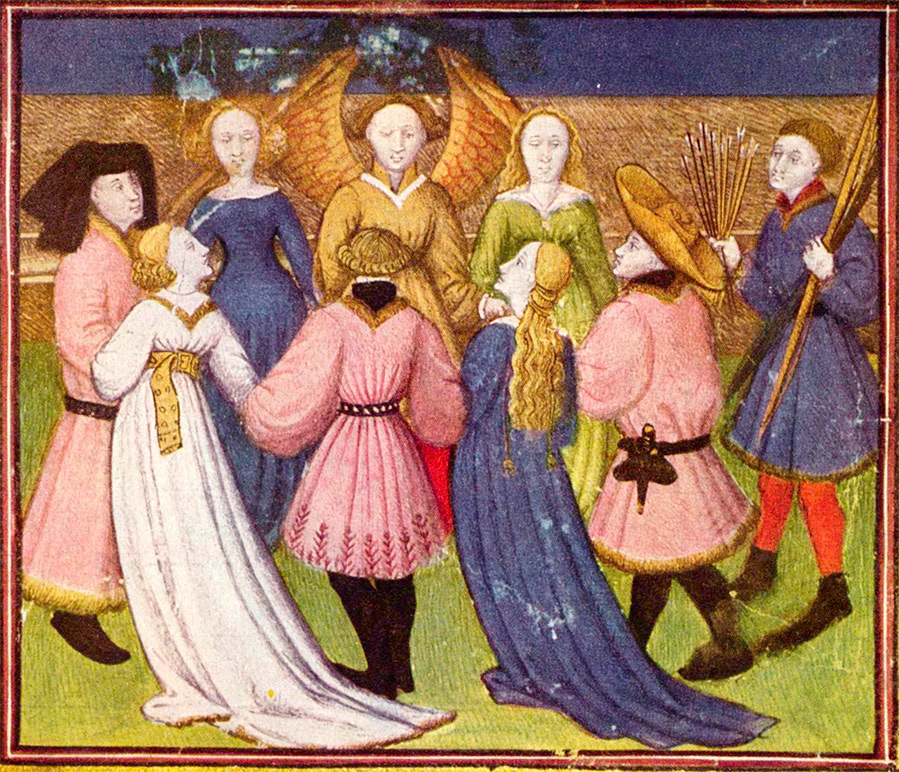
The spirit of love. Miniature from "The Novel of the Rose". 1420s – 30s
In the late Middle Ages, such a type of men's clothing as a jacket appears - a short, open-sided clothing, the hem of which diverges with a fluffy skirt from a narrow waist, tied with a belt. The jacket also features a stand-up collar and gigot sleeves. Gigot sleeves are sleeves in the form of a puffy puff with a slit for the arms and long hanging ends.
Clothing in the Middle Ages was mainly sewn from fabrics such as brocade, velvet, silk, wool, and only undershirts were made of linen.
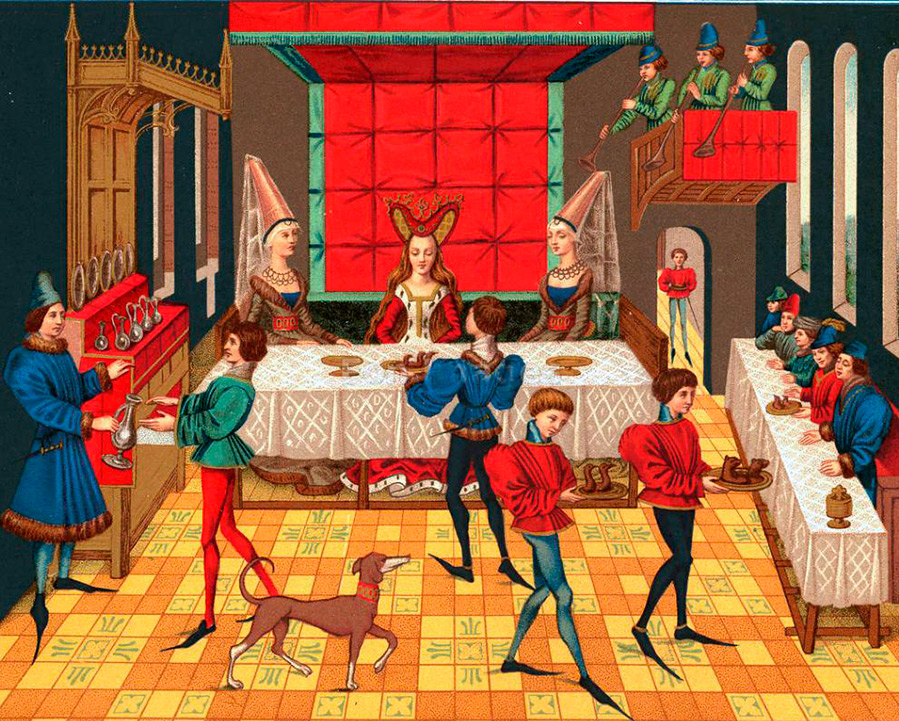
Comments and Reviews
Add a comment
Rating news
Shades of clothing that make women look younger
What shades of hair make women younger: rules and photos
Funny wedding dresses - photos and ideas
12 most expensive down jackets for the winter
How to look 25 at 40: tips from supermodels
Beautiful schoolgirls
Anti-aging haircuts and hairstyles for women
Fashionable skirts for autumn and winter
Fashionable women's trousers for the cold season
Fashionable and stylish sandals for summer 2024
Spring-summer 2024
 Fashionable dresses and tops with thin spaghetti straps
Fashionable dresses and tops with thin spaghetti straps
 Bandana tops: how to wear stylishly and beautifully
Bandana tops: how to wear stylishly and beautifully
 How to put together the perfect men's wardrobe for the summer
How to put together the perfect men's wardrobe for the summer
 Fashionable shorts for spring-summer 2024
Fashionable shorts for spring-summer 2024
 Fashionable skirts for spring-summer 2024: a guide to online shopping
Fashionable skirts for spring-summer 2024: a guide to online shopping
 The most fashionable dresses spring-summer 2024: styles and colors
The most fashionable dresses spring-summer 2024: styles and colors
 Fashionable total look 2024: ideas of images and trends
Fashionable total look 2024: ideas of images and trends
